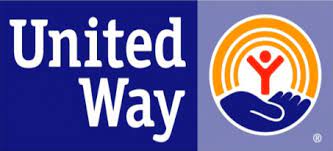United Way Receives $436,949 for Full Service Community Program
United Way of Western Con-
necticut has received a $436,949
Capacity Building and Develop-
ment Grant from the U.S. De-
partment of Education as part
of its $63 million Full-Service
Community Schools grants .
The grants support 42 local
educational agencies, non-prof-
its, or other public or private
organizations and institutions
of higher education working
to expand existing community
schools or establish new pro-
grams in eight new states and
territories, including Alabama,
Alaska, Louisiana, Maryland,
New Mexico, Oklahoma, Ten-
nessee and Puerto Rico.
Community schools meet the
unique needs of the neighbor-
hoods they serve by leveraging
local non-profit, private sec-
tor, and agency partnerships to
bring services into school build-
ings.
This includes services such
as high-quality tutoring, health,
mental health and nutrition ser-
vices, and high-quality early
learning programs, among oth-
ers, for students and the commu-
nity.
“At the height of the pandem-
ic, community schools connected
students and families with nutri-
tion assistance, mental, physical,
and other health services, and
expanded learning opportuni-
ties. This work continues today
because we know that students
learn best when there is a com-
prehensive and holistic approach
to meeting their needs,” said
U.S. Secretary of Education Mi-
guel Cardona.
This year’s grant competi-
tion received the largest number
of applications in the history of
the program, demonstrating the
enormous need to have a contin-
uum of coordinated support to
address students’ academic, so-
cial, emotional and mental health
needs.
The new grantees are commit-
ted to implementing the four pil-
lars of community schools:
1.) integrated student supports
that address out-of-school barri-
ers to learning through partner-
ships with social and health ser-
vice agencies and providers;
2.) expanded and enriched
learning time and opportunities;
3.) active family and commu-
nity engagement; and
4.) collaborative leadership
and practices.
Studies have found that
well-implemented communi-
ty schools can lead to improved
student and school outcomes,
particularly for students in
high-poverty schools.




